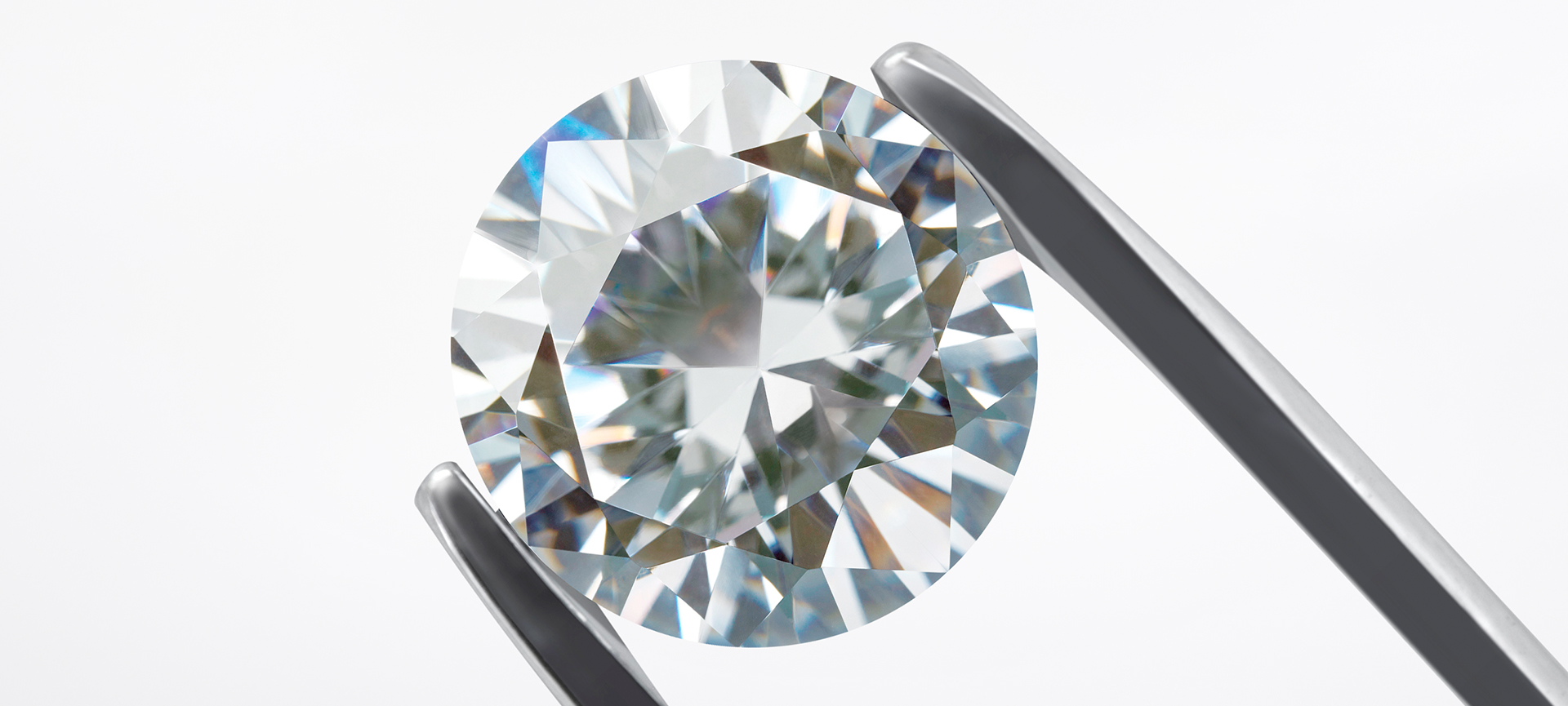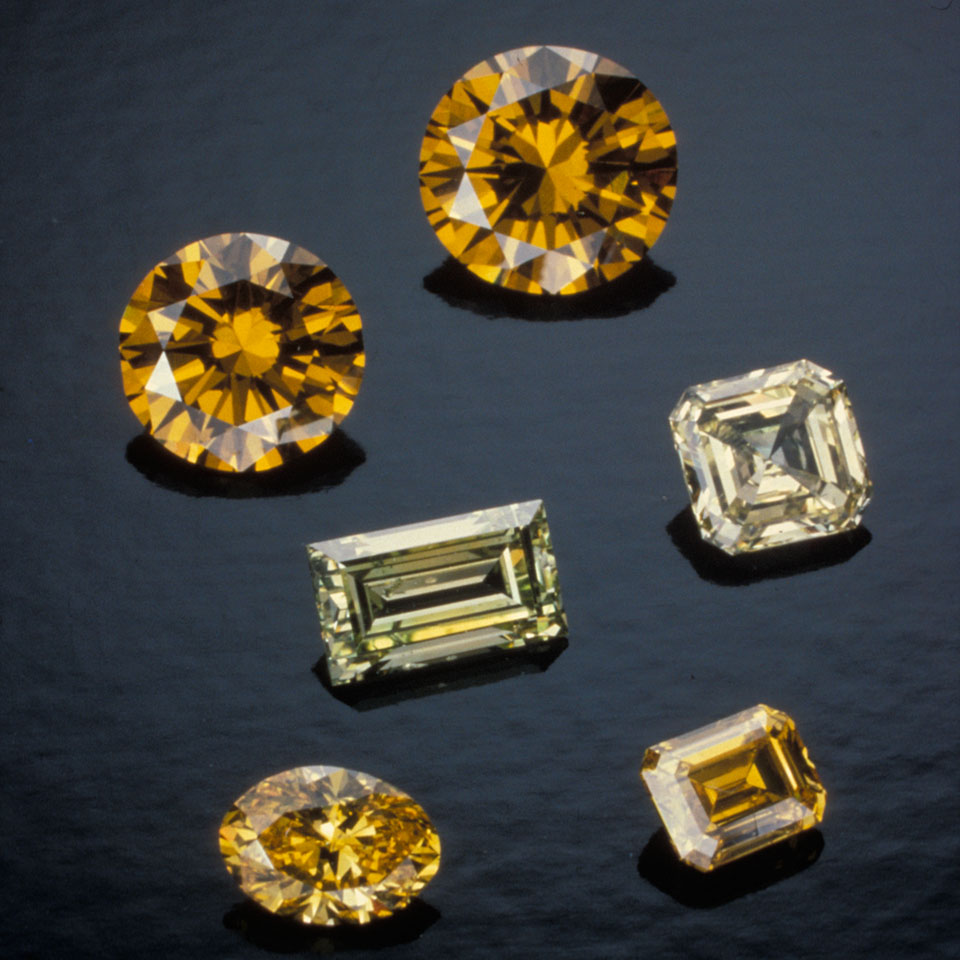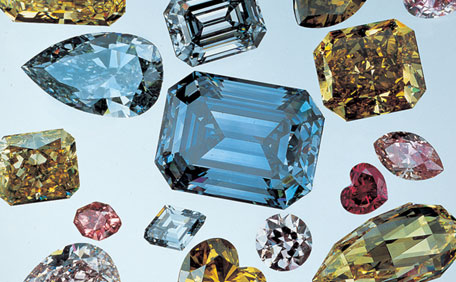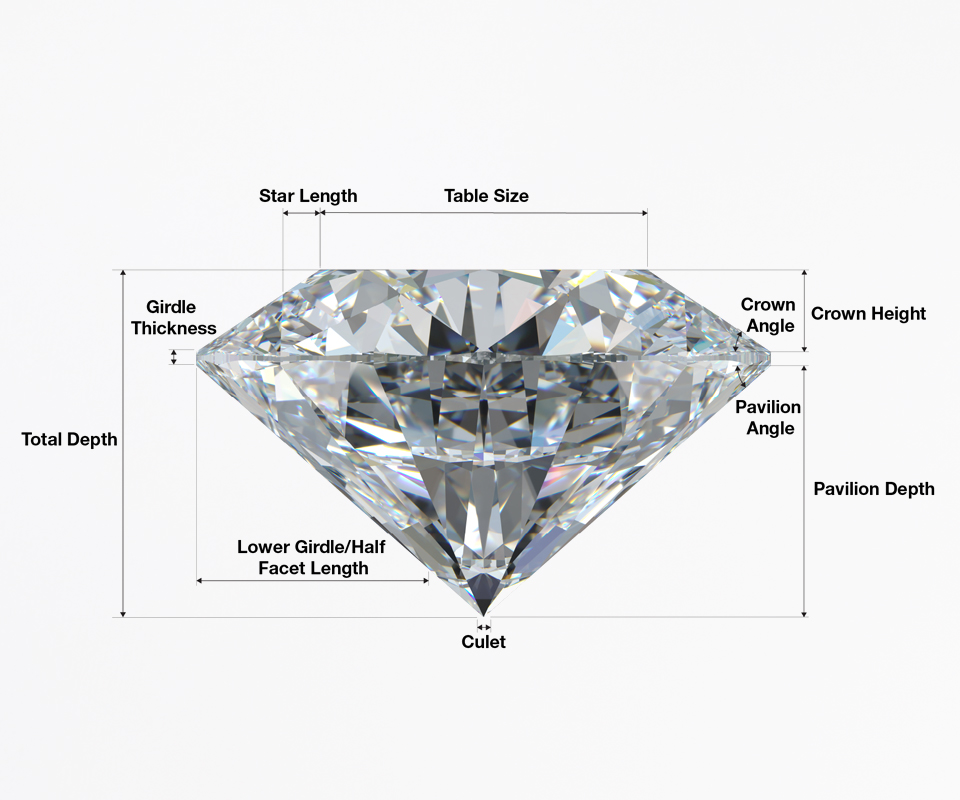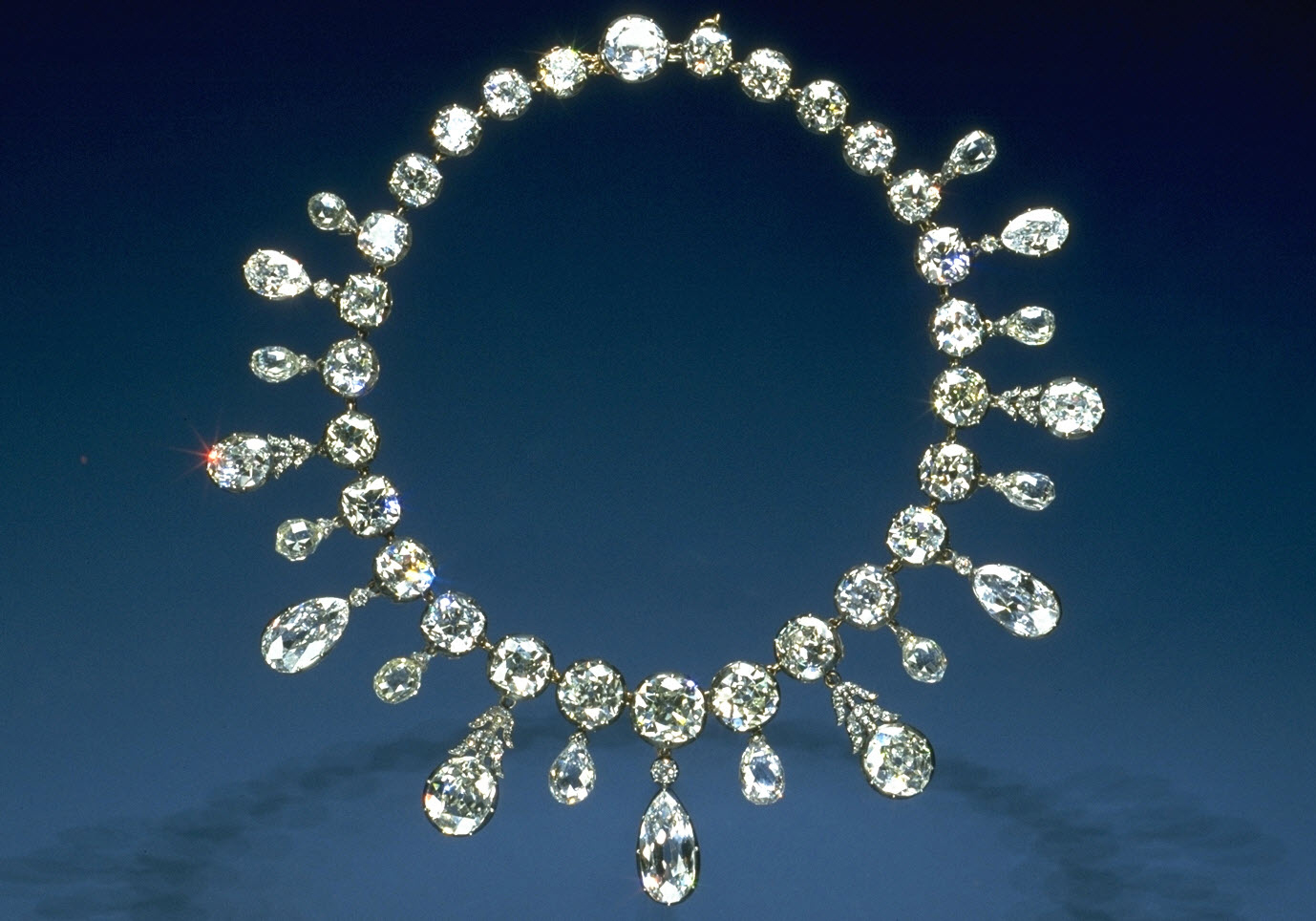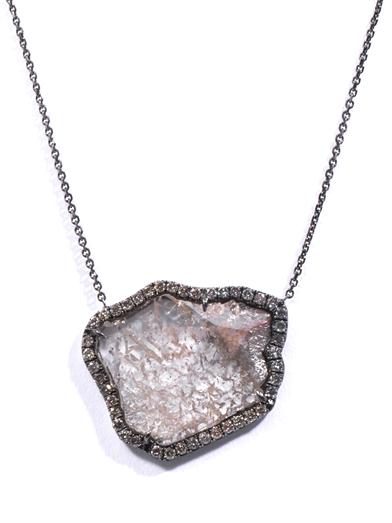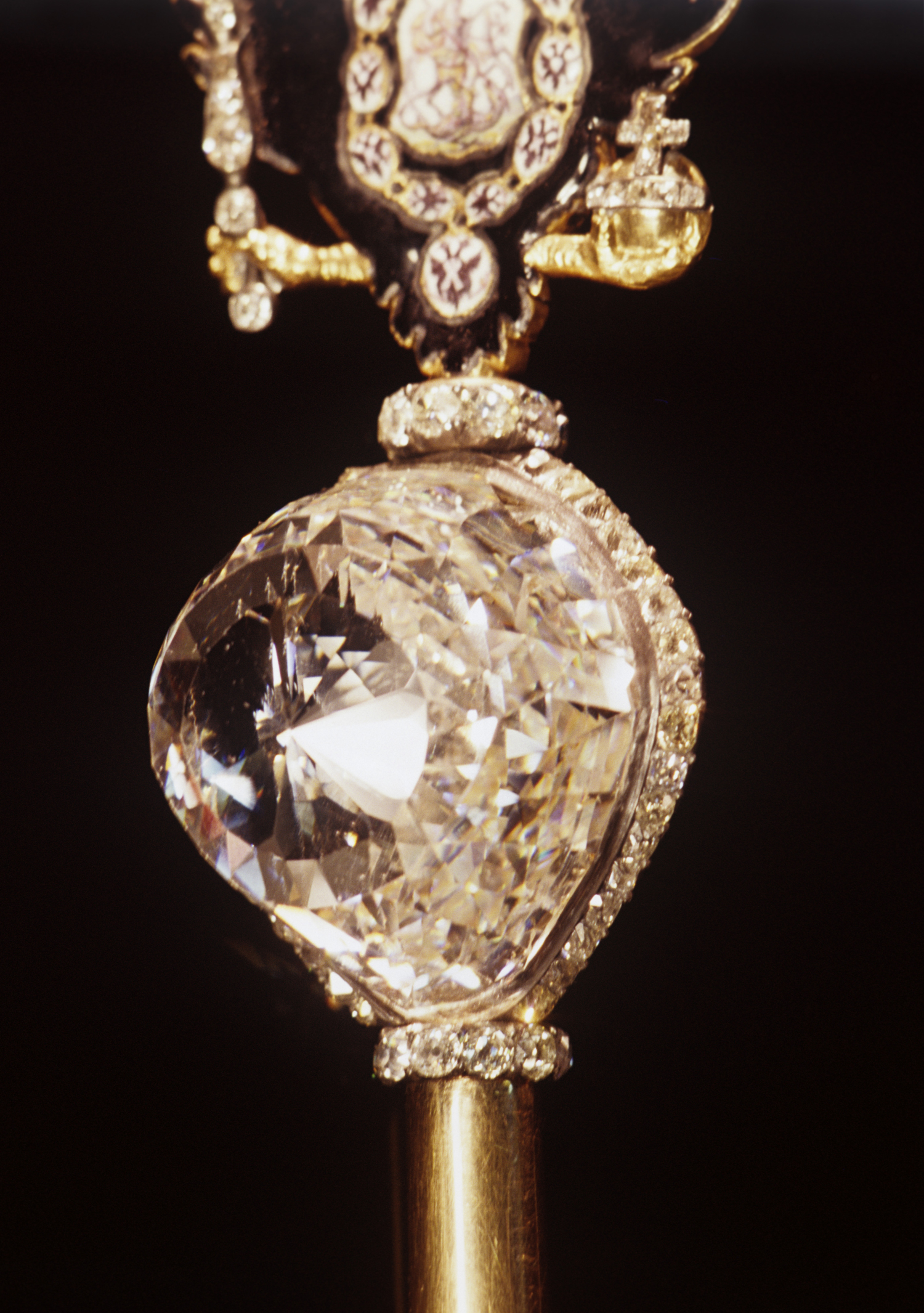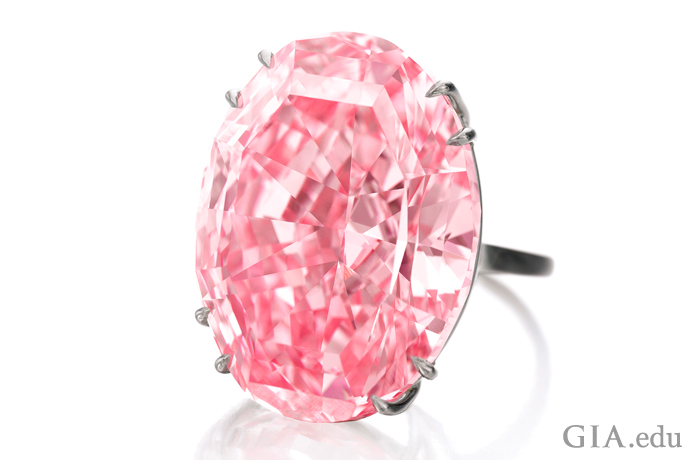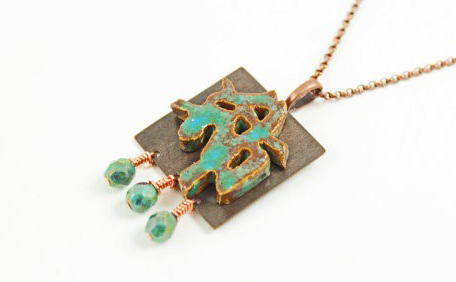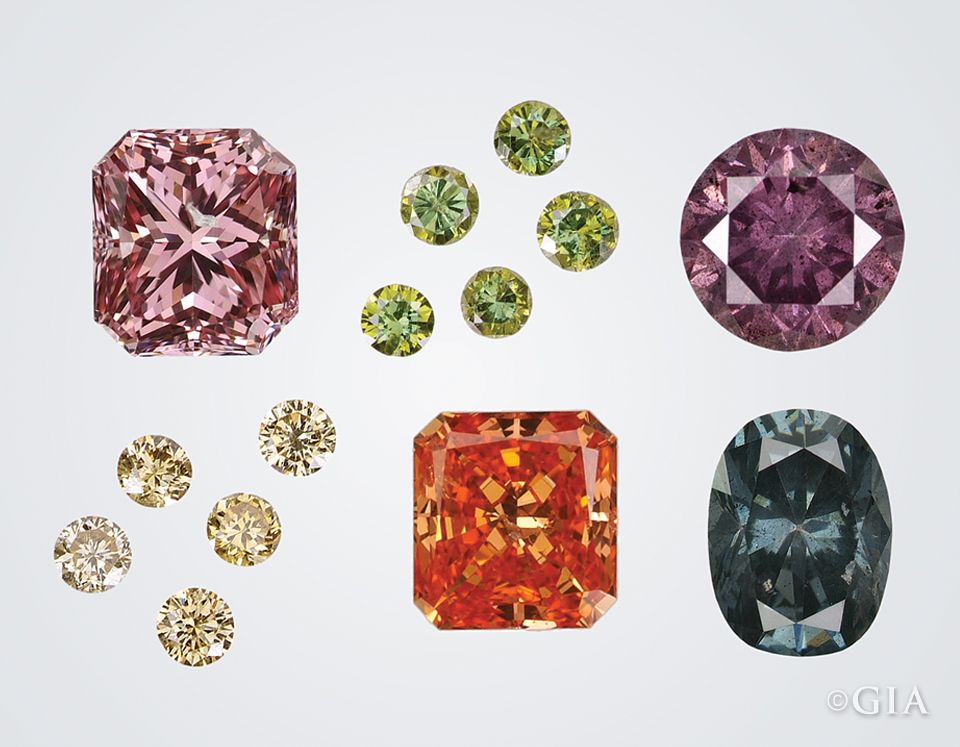A diamond purchase is a significant one. Be confident you understand how to get the best diamond price. Whether you’re shopping for an engagement ring or for a gift to yourself or a loved one, it’s natural to want to save money when possible, or at least know you’re getting a good value. One frequently asked question is, can I get a better price by buying directly from someone in the supply chain who’s closer to the source? The short answer is: not really and here’s why:
(more…)
